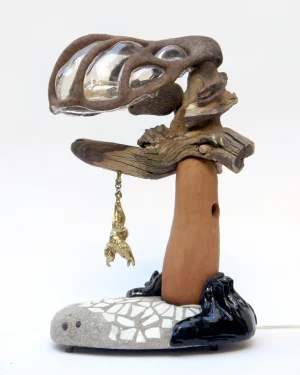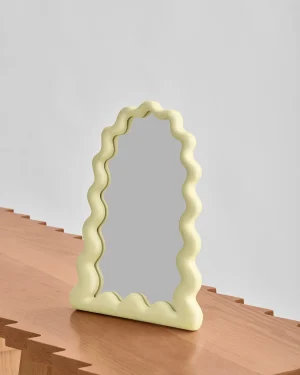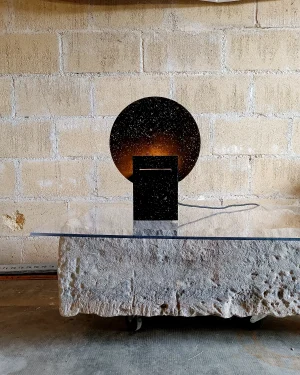-
 In stock
In stockAlis Tray – Vegetal Glass & Recycled Mother Of Pearl
€29 -
 In stock
In stockThe Ancestors – Badru – Born on a Full Moon Floor Lamp
€4.250 incl. tax -
 In stock
In stockCruising Ii – Multimaterial Sculptural Table Lamp
Price Upon Request incl. tax -
20% off

Leopard Slug – Multimaterial Sculptural Table Lamp
€3.592€2.874 incl. tax -
 Free shipping
Free shippingLa Celebración Miniature Mirror
€313 incl. tax -
 In stock
In stockMonadre – Vegetal Glass & Recycled Mother Of Pearl – Organic Table Lamp
€698
Filters
Category
Accessories
Decor
Mirrors
Tableware
Lighting
Lamps
Floor Lamps
Table Lamps
Price Range (€)
0-500
500-1000
1000-2000
2000-5000
5000 and above
Availability
In stock
Made to order
Ways to buy
Free shipping
On sale
Featured
Materials
Ceramics
Clay
Earthenware
Glazes
Stoneware
Terrazzo
Concrete
Concrete Composite
Glass
Blown Glass
Metals
Bronze
Copper
Steel
Plastics
Acrylic
Bio Plastic
Textiles
Natural Fibers
Synthetic Fibers
Biomaterials
Plant-based Materials
Country
Argentina
Australia
Austria
Belgium
Brazil
Bulgaria
Canada
Chile
China
Colombia
Cyprus
Czech Republic
Denmark
Ecuador
Estonia
Finland
France
Georgia
Germany
Greece
Hungary
Iceland
India
Ireland
Israel
Italy
Japan
Jordan
Kazakhstan
Kosovo
Latvia
Lebanon
Lithuania
Luxembourg
Mexico
Mongolia
Netherlands
New Zealand
Nigeria
Norway
Pakistan
Palestinian Territory
Panama
Peru
Poland
Portugal
Qatar
Romania
Senegal
Singapore
Slovenia
South Africa
South Korea
Spain
Sweden
Switzerland
Thailand
Turkey
Türkiye
Ukraine
United Arab Emirates
United Kingdom (UK)
United States (US)
Design Class
Limited Editions
Open Editions
Unique Pieces
